Some haircuts just don’t do you justice—no matter how loyal you’ve been to them.
If you’re over 60, the wrong cut can add years, flatten your features, or leave your hair looking lifeless when it should be anything but.
You’re not trying to chase youth—you’re embracing elegance, strength, and style that comes from knowing exactly who you are.
But some styles?
They’re stuck in the past.
Outdated shapes, heavy layers, or ultra-blunt lines that hide more than they highlight.
This post pulls no punches.
We’re diving into 15 haircuts that often miss the mark—and showing you why they might be holding you back.
Because your hair should lift, frame, and flatter.
Not weigh you down.
Let’s trim the tired looks and make room for something better.
Ready to see what needs to go?
The Pixie Cut
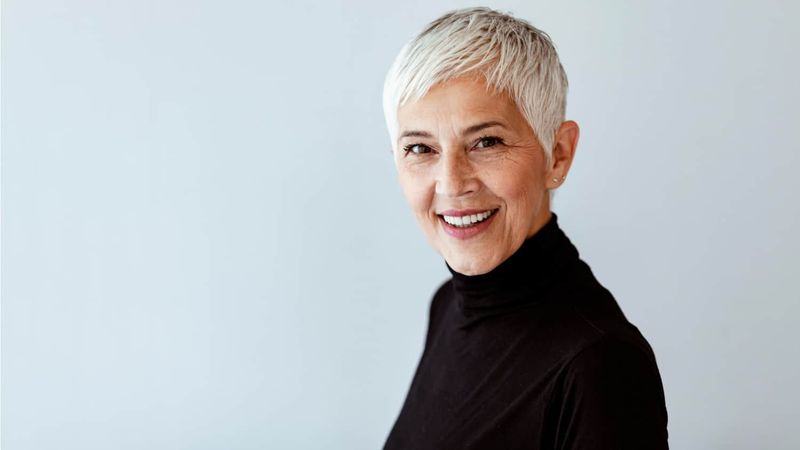
The pixie cut, while modern, often highlights facial features in a way that may not be flattering for everyone. Its sharp, boyish look can lack the softness that many women over 60 prefer.
This style can sometimes accentuate skin imperfections or harsh lines, taking away from a matured elegance. Often, women in this age bracket seek hairstyles that offer a touch of softness and movement.
Though it’s easy to maintain, the pixie cut might not capture the warmth and fullness that many seek. Consider more rounded styles for a gentler appearance.
The Bowl Cut
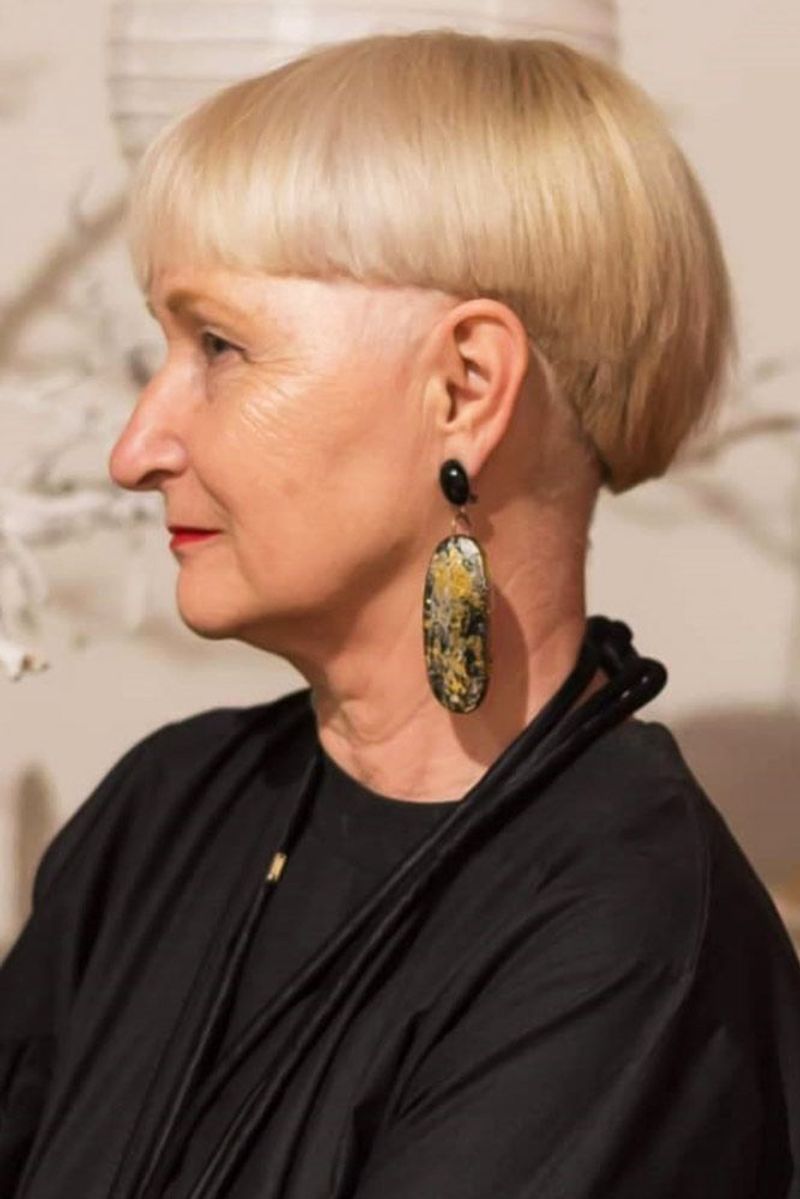
The bowl cut’s uniformity often doesn’t flatter mature faces. Its rigid structure can appear too harsh against the softening features that come with age.
Lacking layers, this cut can make hair appear flat and lifeless, often working against the natural volume that women over 60 might want to enhance.
Moreover, the bowl cut tends to draw attention away from the eyes, which are often considered the focal point of facial beauty. A hairstyle with more layers might offer a better frame for the face.
The Mullet
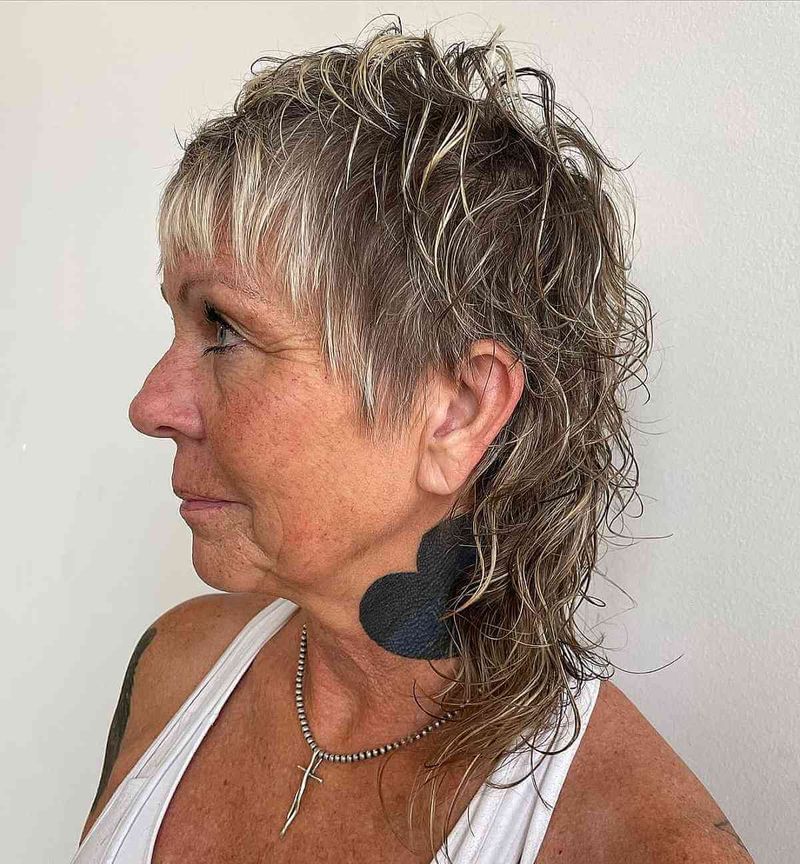
The mullet, with its short front and long back, can seem dated and out of touch for women over 60. This style often brings an unbalanced look that doesn’t harmonize with the natural grace many seek.
Its stark contrast between lengths may create a disconnected silhouette, not usually desired in mature styling. Women often prefer a seamless blend of lengths to achieve a more cohesive appearance.
The mullet’s edgy style may not resonate with those looking for a refined, timeless look. Softer transitions between lengths can enhance elegance.
The Mohawk
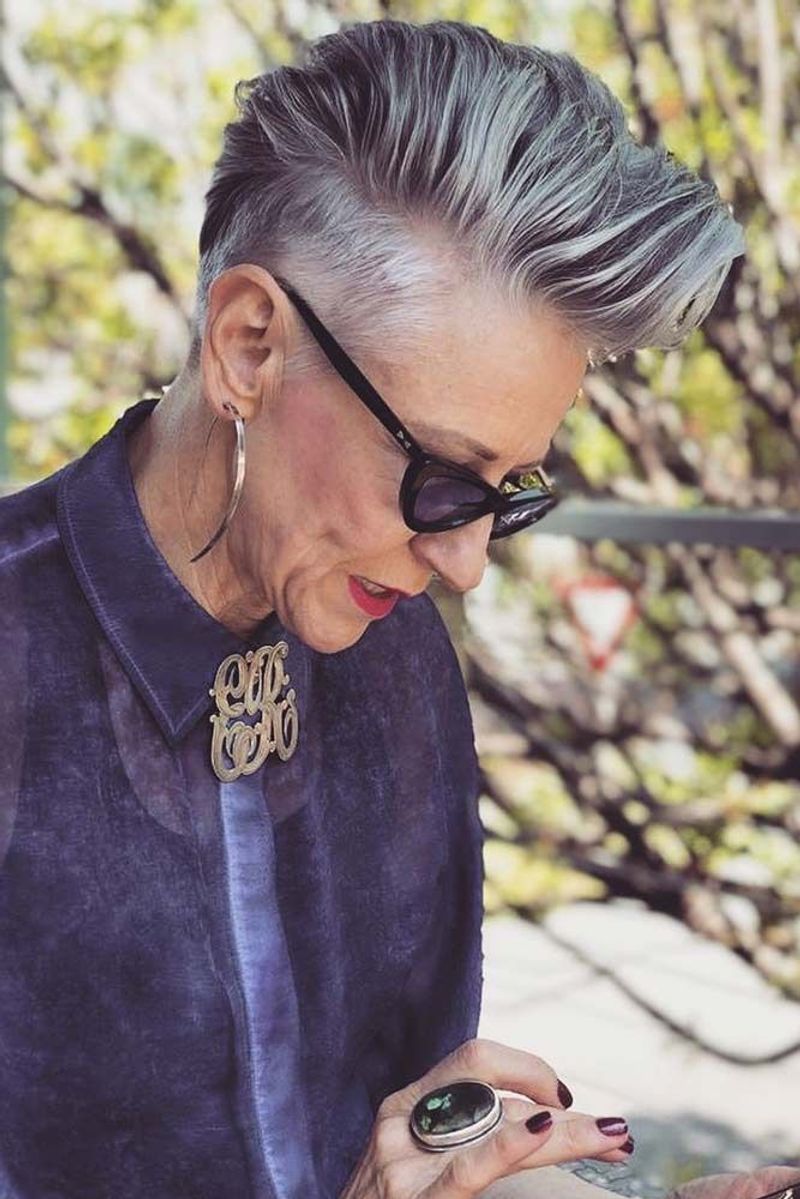
The mohawk is undeniably bold, but its extreme nature can overshadow the subtle beauty of aging. Its stark contrast often diminishes the gentle nuances in a woman’s face.
While some might appreciate the rebellious flair, this style may not align with the sophisticated image many women over 60 prefer.
The shaved sides can appear too stark, making the overall look feel unbalanced.
A style that integrates volume without the severe contrast may better complement the desired aesthetic of elegance and grace.
The Long and Straight
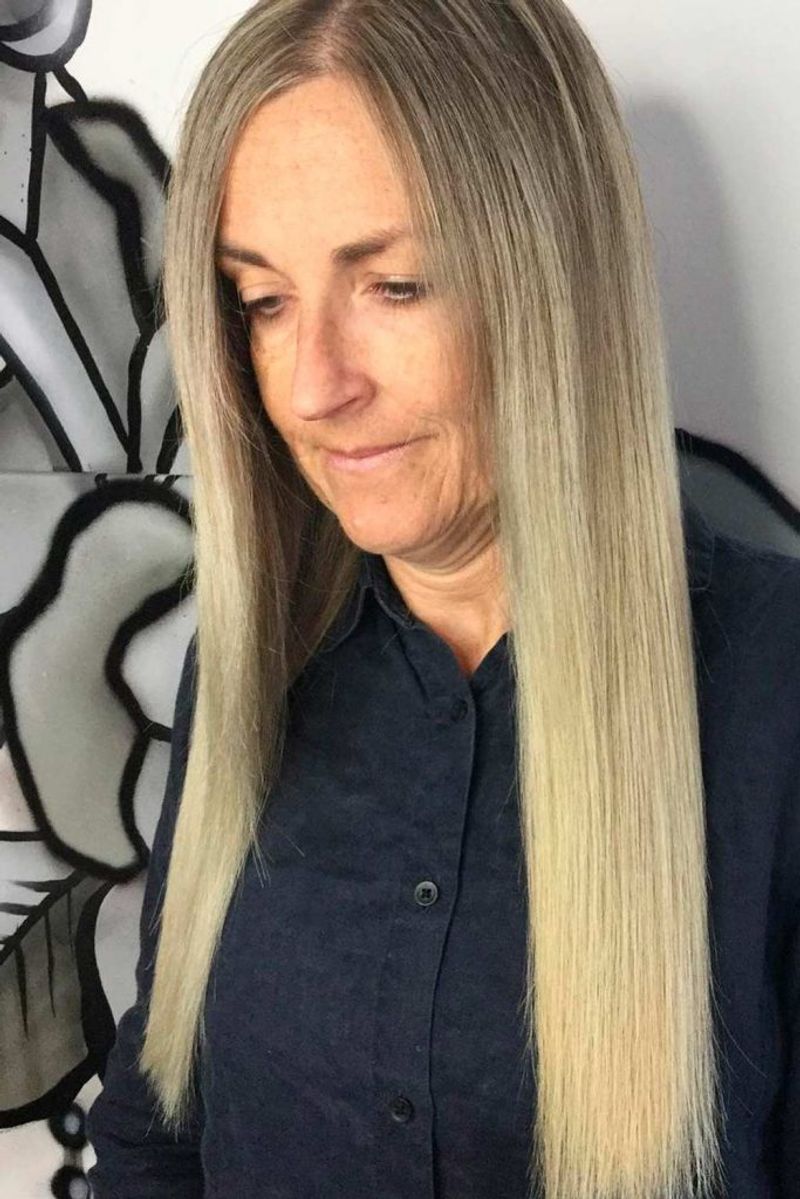
Long, straight hair can be elegant, but as we age, it often lacks the volume needed for a vibrant look.
The heaviness of long hair might pull facial features down, creating an unintended aging effect.
A few layers or waves can add the much-needed volume and movement.
Reconsidering length and adding texture can transform a dated look into a modern, flattering style.
The Flat Top

The flat top, characterized by its boxy shape, often doesn’t complement mature faces. Its harsh lines can conflict with the softer aesthetic that many women over 60 desire.
This structured cut can make the hair appear stiff and unforgiving, contrasting with the natural beauty that aging gracefully provides.
For those looking for a more harmonious style, opting for gentle layers and soft curves can create a pleasing frame for the face, enhancing rather than overshadowing natural beauty.
The Pageboy
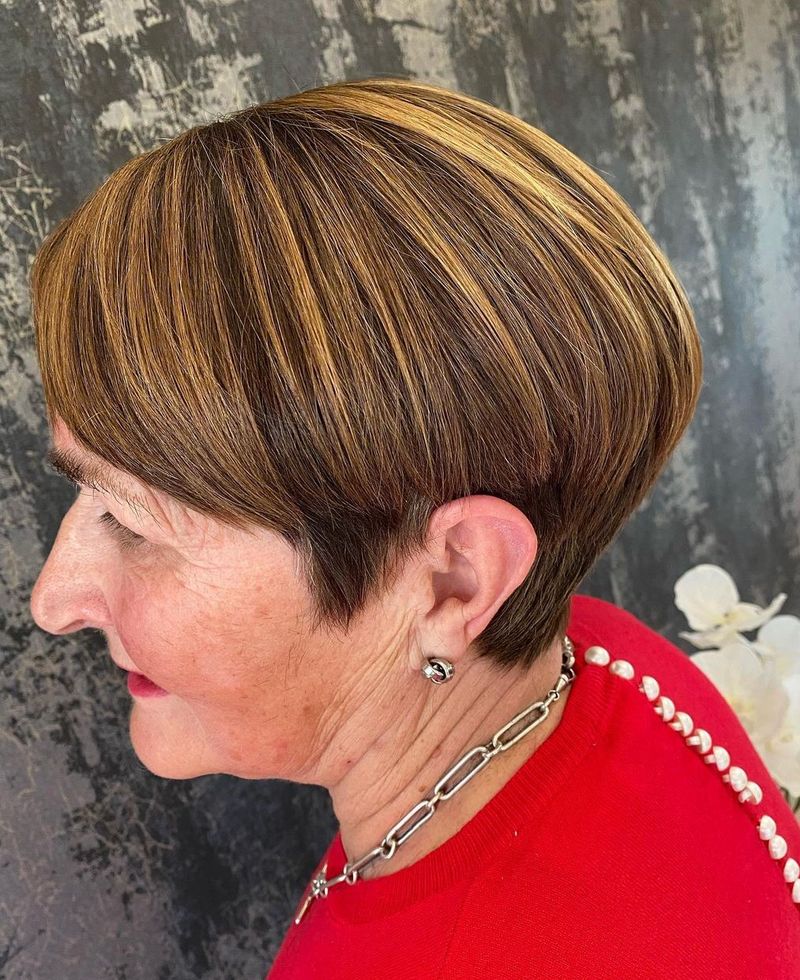
The pageboy haircut, with its rounded bottom and blunt bangs, can sometimes feel outdated for women over 60. Its structured shape may not flow with a mature elegance.
This style often lacks the movement and softness that many seek, potentially leading to a dated appearance. As hair naturally thins with age, fullness and bounce often become desired traits.
A hairstyle with more layers and texture might offer a modern twist, aligning better with a sophisticated yet lively look.
The Buzz Cut
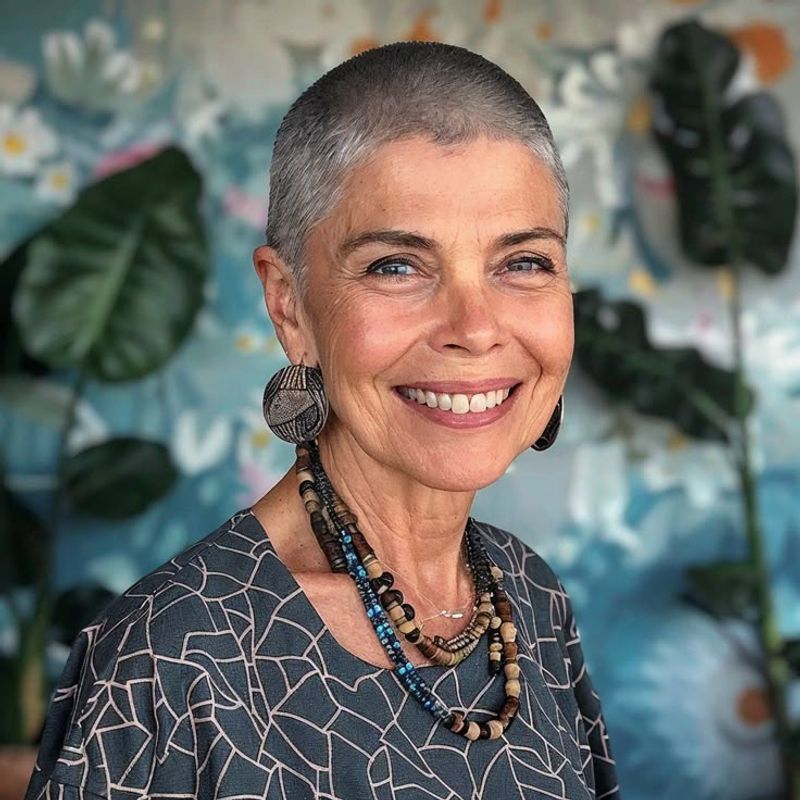
The buzz cut, while chic on younger individuals, can appear too austere for women over 60. Its minimalistic nature often emphasizes facial features, which might not be flattering for everyone.
This cut can make a bold statement but may not always convey the warmth and softness that many older women prefer.
Exploring styles with more volume and texture might create a more balanced look, enhancing the gentle features that age brings instead of overshadowing them.
The Beehive
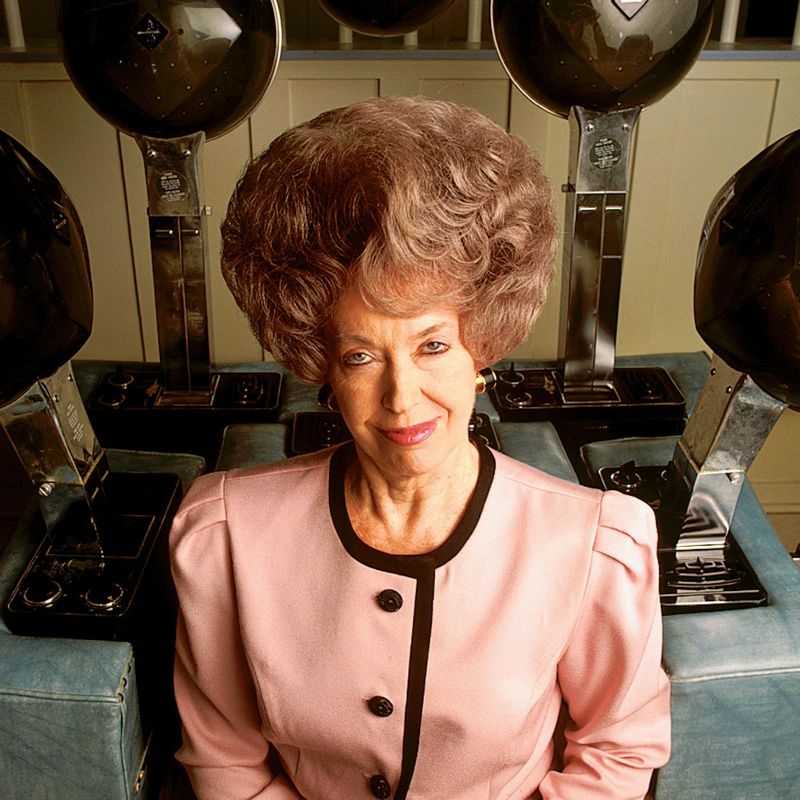
The beehive, a towering style, can appear overly vintage and stiff for women over 60. Its height and structure might overshadow the natural elegance many seek.
This hairstyle’s rigid shape often lacks the fluidity and grace that more modern, adaptable styles provide. Hair that moves naturally tends to enhance one’s features rather than dominate them.
Opting for a softer updo or a style that incorporates gentle waves might offer a more contemporary approach, aligning with a sophisticated aesthetic.
The Chunky Highlights
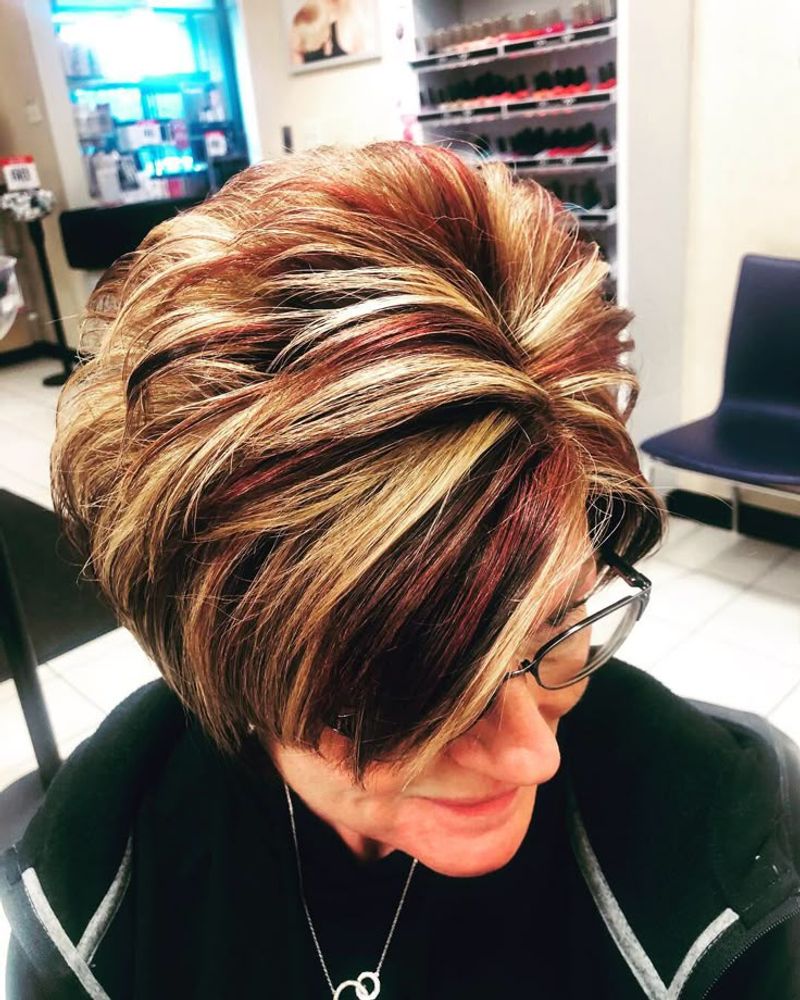
Chunky highlights, characterized by their stark contrast, often feel dated and can overwhelm the refined features of women over 60.
This coloring style might draw attention away from the face, instead of enhancing it. A more subtle transition of colors can blend better with the natural appearance of aging hair.
Choosing finer highlights or balayage might offer a softer, more blended look, allowing for a graceful transition in color that complements mature beauty.
The Shag
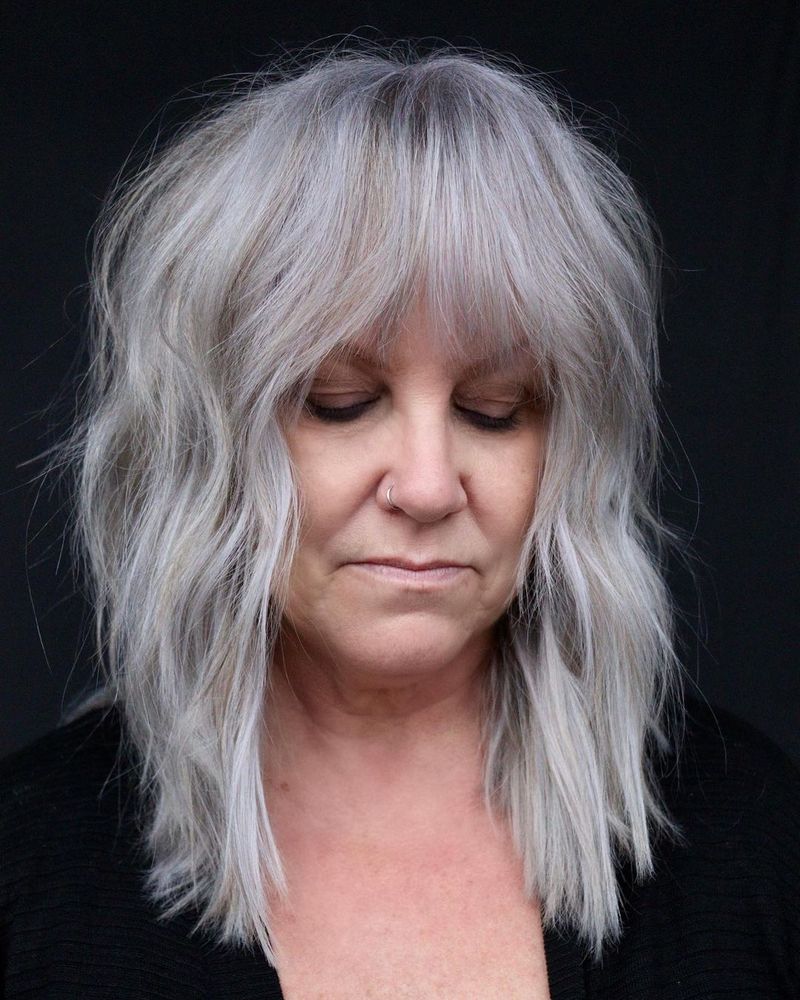
The shag haircut, with its uneven layers, can sometimes look unkempt for women over 60. Its tousled style may not always align with the polished image many seek.
This cut can create a sense of disorder, which might not suit those looking for a more refined appearance.
As hair texture changes with age, managing a shag can become challenging.
Opting for more structured layers that enhance natural volume might provide a more sophisticated and flattering look.
The Spiky Hair
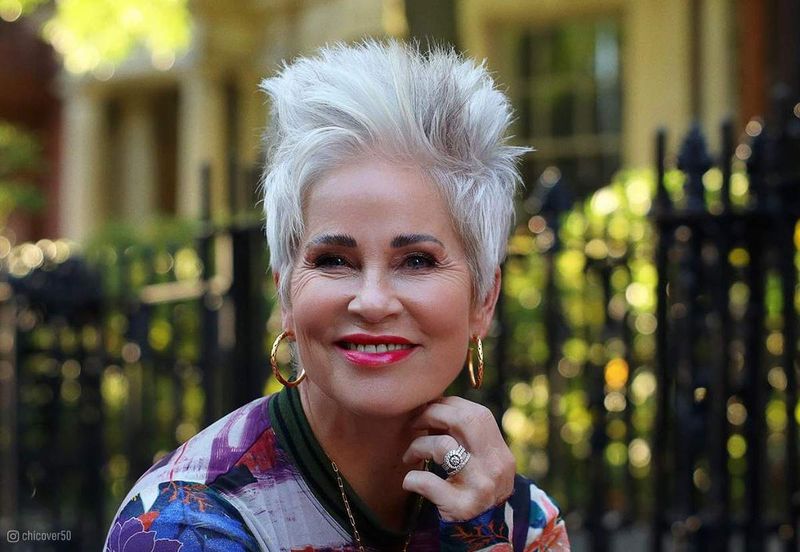
Spiky hair, with its bold and edgy style, can sometimes appear too severe for women over 60. This cut often places emphasis on sharp lines rather than soft contours.
While it may express vibrancy and energy, spiky hair can overshadow the subtle beauty that many older women exude. The style’s rigid nature might not align with a graceful aging aesthetic.
Exploring cuts with softer lines and gentle movement can bring out a more elegant and natural appearance, fitting well with a mature beauty.
The Crimped Hair
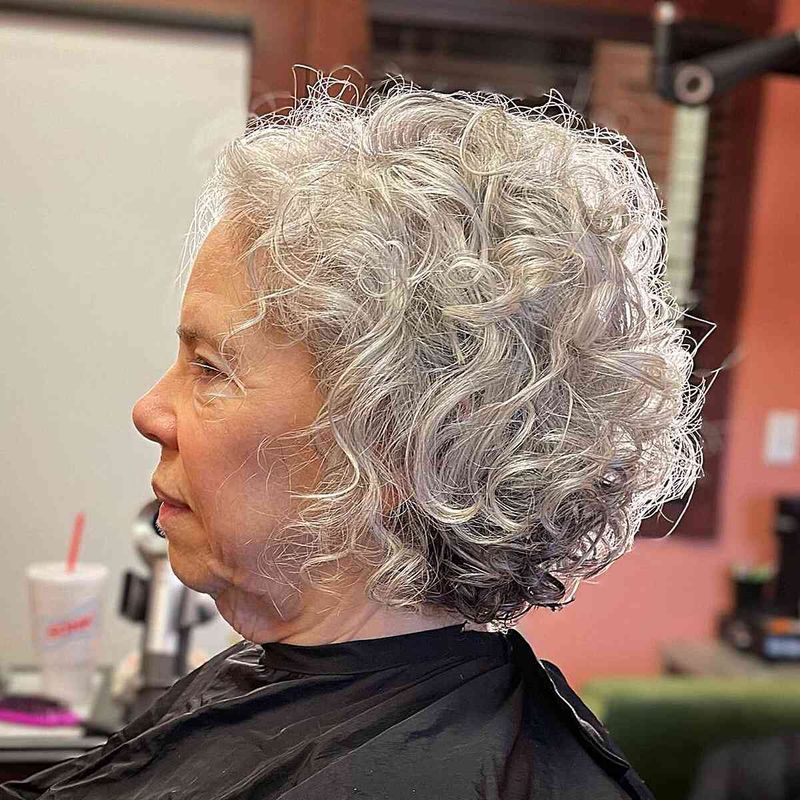
Crimped hair, with its tight waves, can feel particularly outdated for women over 60. This style may not highlight mature beauty in the most flattering way.
The texture often adds unnecessary volume, which can distract from the natural grace of aging features. Many women prefer styles that enhance rather than compete with their natural elegance.
Choosing smoother waves or curls can create a more harmonious and contemporary look, aligning better with the desired sophistication of mature styling.
The High Ponytail
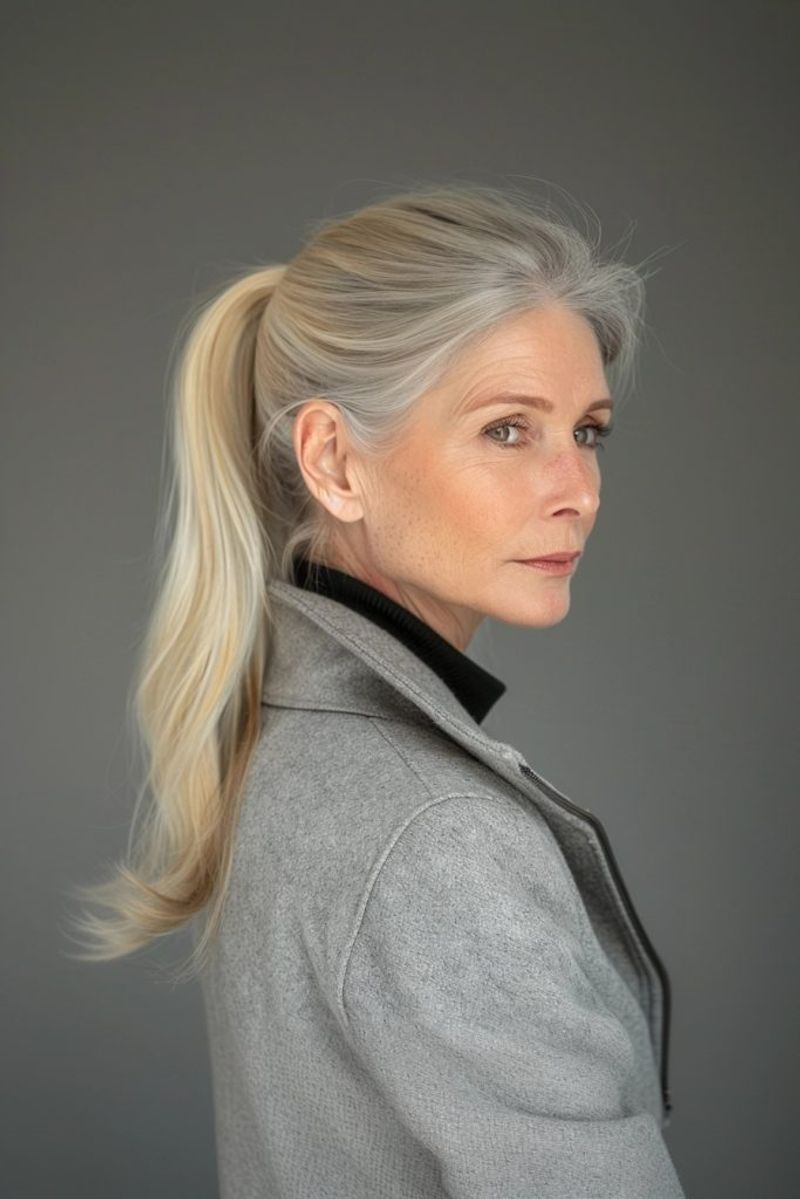
The high ponytail, often associated with youth, might not align with the elegance of women over 60. Its tight pull can emphasize lines and sagging, instead of offering a gentle lift.
This hairstyle can be harsh on the scalp, potentially causing discomfort or even hair breakage. Many seek styles that offer comfort and grace.
A softer, lower ponytail or an elegant bun might provide a more flattering and age-appropriate alternative, balancing sophistication with comfort.
The Blunt Bob
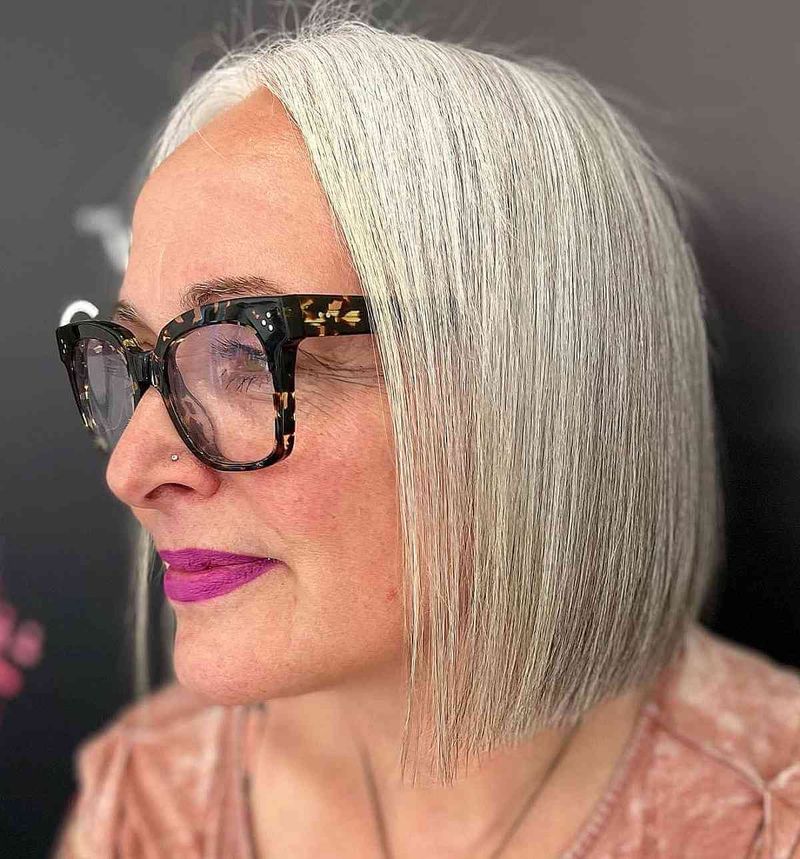
A blunt bob can look severe, particularly if it lacks movement and texture. This rigid style may age the face rather than soften it.
Adding subtle layers or opting for a slightly angled cut might provide a more youthful appearance.
The bluntness can sometimes highlight face lines instead of concealing them, making it essential to assess personal facial features with this style.
